Have you been wanting to replace your roof, but you don’t know which materials to use? Look no further! It’s important to know the advantages and disadvantages of each type of roofing material so you can best protect your home.
In this article, we will discuss several different types of roofing materials, their advantages, and their disadvantages. Our goal is to give you a well-rounded idea of each material so you can choose the one that best fits your needs. Let’s find the best shingle type for you.
7 Roofing Materials for Your Consideration
When it’s time for your roof replacement in Northwest Indiana, you’ll want to choose a roofing material that is durable, weather-resistant, and reliable. Most roofing types meet these qualifications, but most of them have other advantages and disadvantages you should consider before choosing. Below we have compiled a non-exhaustive list of common roofing materials along with their pros and cons. Read through them, and then take some time to decide which roofing type meets your personal qualifications.
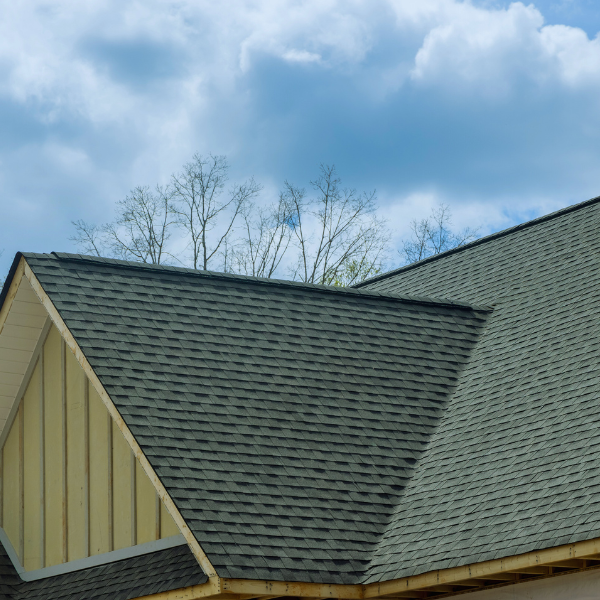
1. Asphalt
Asphalt roofs are the most common roofing type in the United States. With shingles made from asphalt and other roofing components, asphalt shingles are a very durable and reliable roofing type to choose. They are built to withstand high winds and drastic weather, and they do not require extensive maintenance. They are also very cost-efficient.
However, there are still some disadvantages to asphalt shingles. They only last between 15-30 years and can wear down within that time frame. Even though asphalt roofs are low maintenance, you may have to request repairs to your roof often and will eventually have to replace it within 30 years.
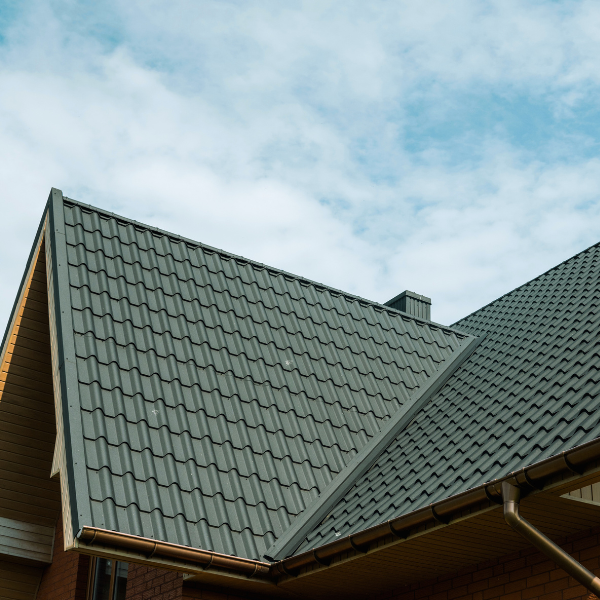
2. Metal
Metal shingles have become increasingly popular in the past few years. This type of roof is extremely strong and will last up to 50 years or longer. These shingles are shaped to match the style of asphalt roofs, so you can enjoy a stronger roof with the same simple style of an asphalt roof. Metal roofs also contribute to the strong insulation of your home.
Unfortunately, metal roofs can be a very costly addition to your home. They will also be extremely noisy, and you’ll be able to hear rain, wind, or hail on your roofs. If you have little ones at home or are a very light sleeper, this may not be the roofing material for you.
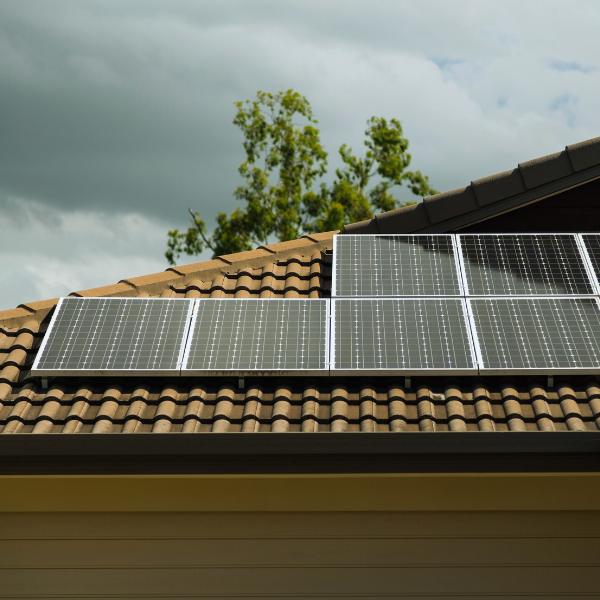
3. Solar Tile
Solar tile shingles are like solar panels. They are smaller shaped reflective tiles that protect your roof and provide limited electricity. These tiles will lead to significant energy efficiency. They are all weatherproof and are designed to continue to work in the winter.
Solar tiles are usually very expensive to install. However, once they are installed, you’ll save money in the long run. Solar tiles also only last about 20-30 years, which may not be a lifelong investment.
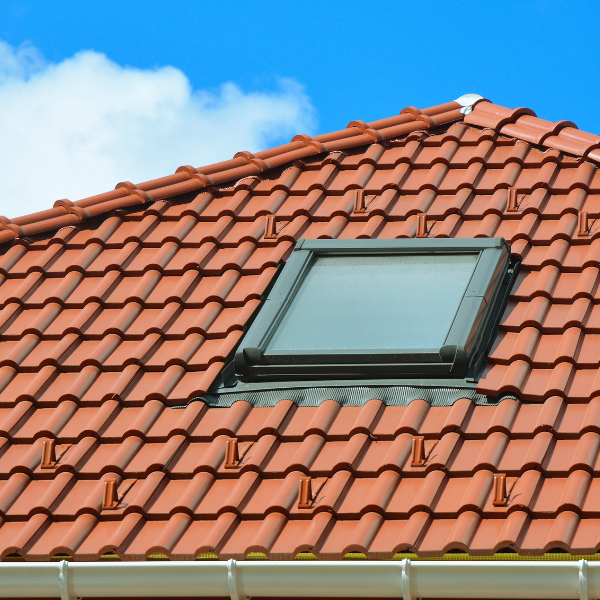
4. Clay Tile
Clay tiles are shingles made from clay and other roofing components. They are extremely durable and strong. They’re able to withstand fire, hail, wind, the heat, the cold, and snow. They’re great choices for insulation and are estimated to last for over 100 years.
However, their weight is a big concern if you have a certain pitch on your roof. You’ll need to have an inspection done if you’re wanting clay tiles. In addition, the clay tiles can be difficult to install and might not be suited for your roof.
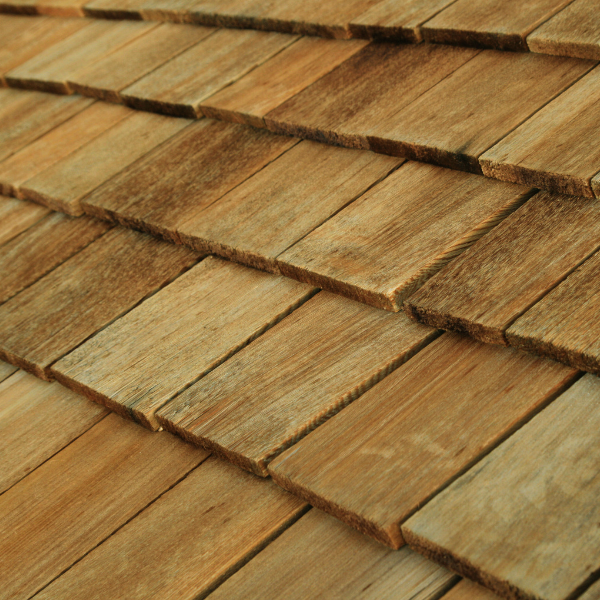
5. Wood Tile/Shingle
As one of the best insulating materials, wood tiles are very energy efficient. They can last up to 40-50 years, providing your home with high efficiency and are very weather resistant. They also generally keep out insects.
That being said, these shingles are susceptible to other pests and fungi and will need a lot more maintenance work done over the years. They’re also not very fireproof and can absorb water. You’ll have to get regular inspections for mold and other wear and tear damage.
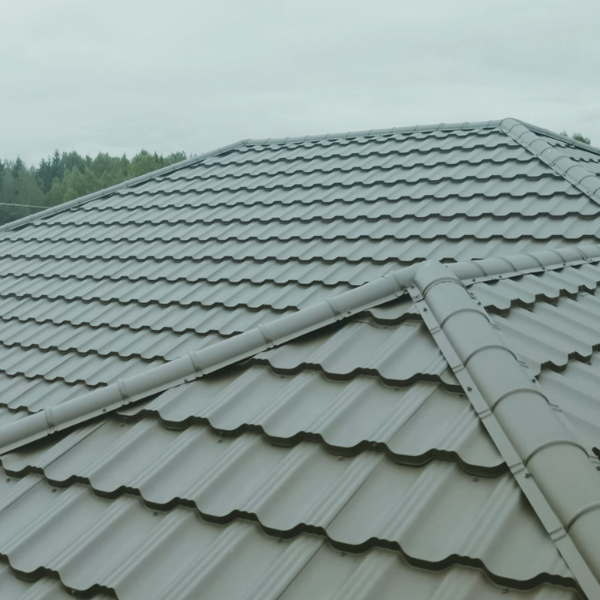
6. Concrete Tile
Another great option for your home is concrete tile. This strong material is a significant investment to your home, as it can protect you from fire, weather, and unforeseen damage for about 50-100 years. This cost-effective option is a great choice.
However, this option has its own set of disadvantages. Like all concrete, your roof shingles have the possibility of building mildew or moss and will have to be inspected regularly for these ailments. Additionally, concrete tends to crack or break off as it ages, so you’ll have to keep an eye on that as well. This is also a very heavy material which could damage your home if not properly installed.
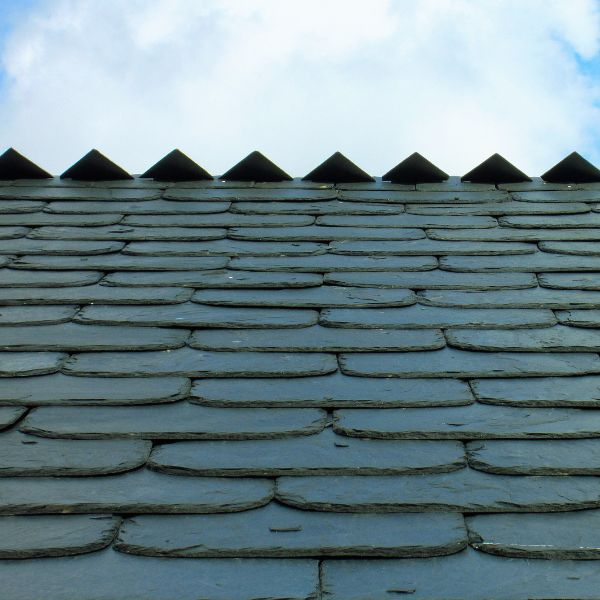
7. Slate Tile
Our final option on the list is the slate tile. A slate tile is made up of rock and can provide ample protection to your home. This roofing material is resistant to pests, fire, and various kinds of weather. Slate tiles can also last anywhere from 75-100 years, providing you with a high-quality roof for years to come.
There are a couple of disadvantages that come with a slate tile roof. While slate tiles can handle the weather, they’re very brittle and may not handle tree damage as well. These shingles are also costly and will require lots of maintenance.
Review: Roofing Materials For Your Roof Replacement
Whether you’re looking for roofing materials to replace your roof or to build a new one, it’s important to determine which materials match your needs. Our non-exhaustive list of shingles, tiles, and materials allows you to examine some of the more popular roofing types and view the advantages and disadvantages that come with each type. Once you decide on a roofing material, it’s important to look for a reliable roofing contractor who can help you install the roof you need.

Found Your Ideal Roof Material? Get Your Roof Replacement with Discount Roof Today!
Have you found the roofing material you need? Discount Roof offers high quality roof replacement and roof installment in Northwest Indiana. Once you give us a call, we’ll begin with a free estimate, so you know what to expect from the start. Call us today!
